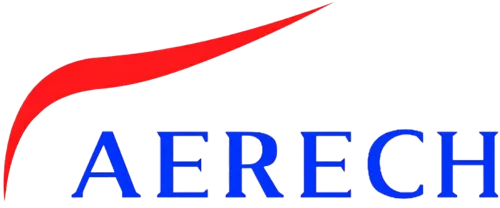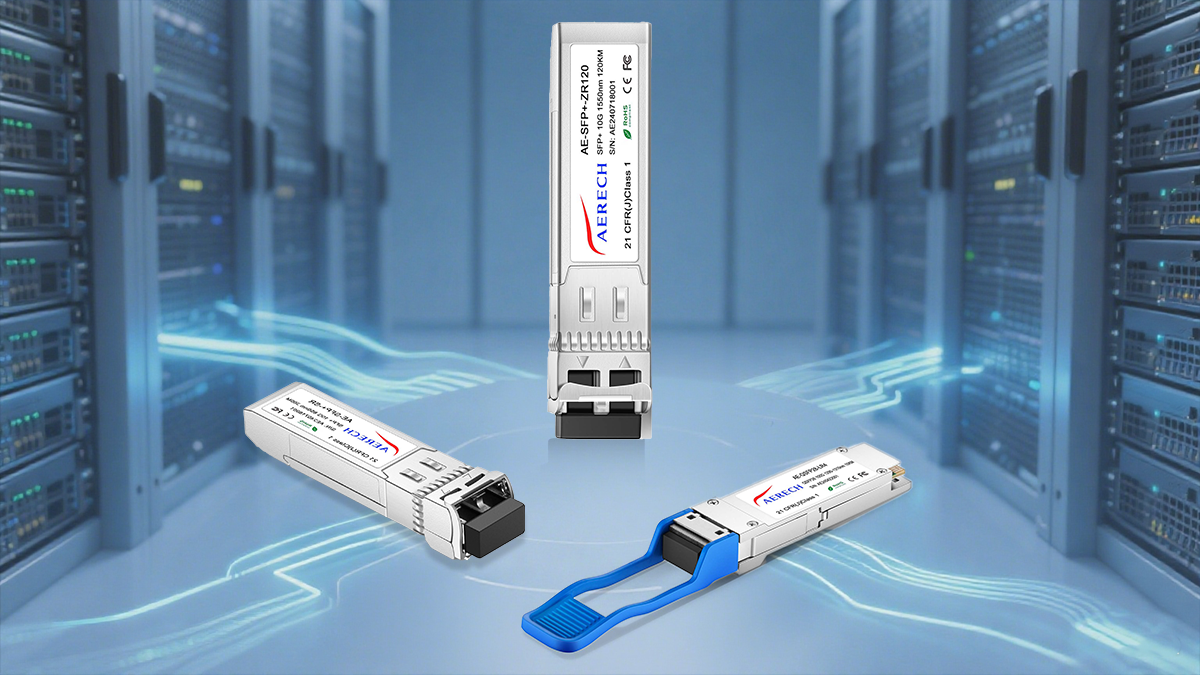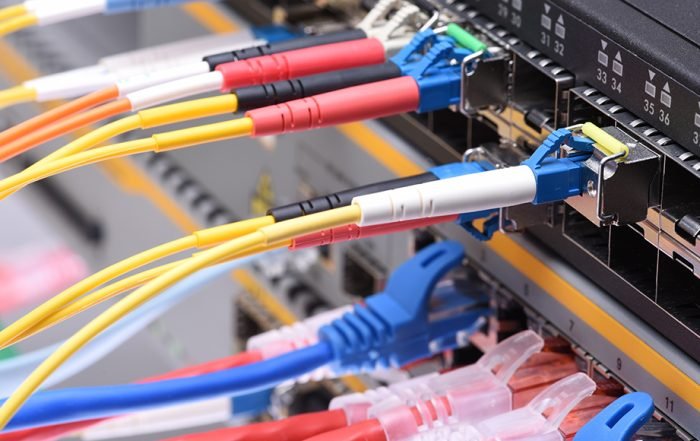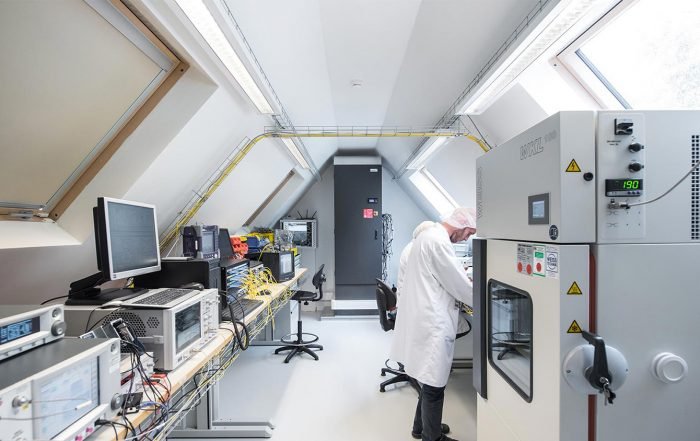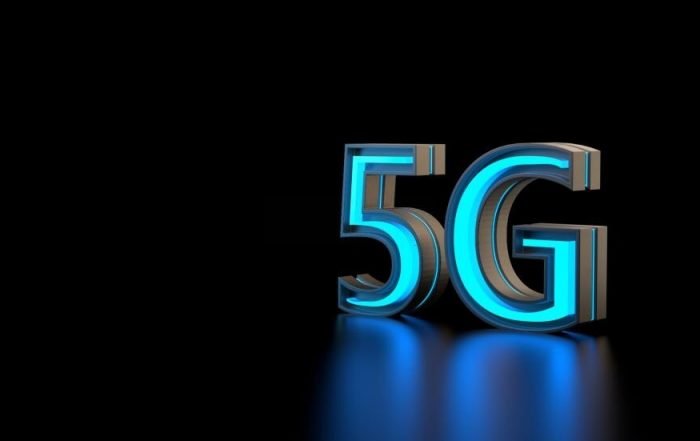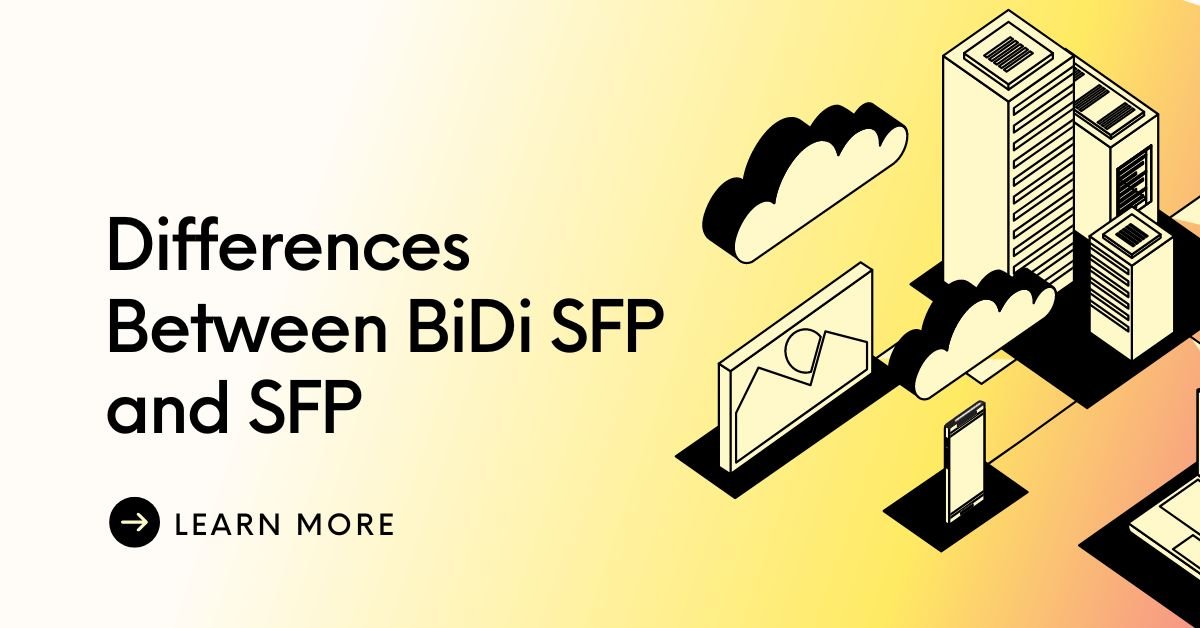Insights and Innovations in Optical Networking: Exploring the World of AERECH
Take you to know the latest developments in the industry and pay attention to new trends
Blog
Tại sao làm việc với nhà cung cấp bộ thu phát quang đáng tin cậy lại giảm chi phí triển khai mạng của bạn
Deploying or upgrading network infrastructure is expensive and complex. While many factors drive cost — fiber plant, công tắc, labor — the choice of optical modules (SFP, SFP+, SFP28, QSFP28, vân vân.) is one of the most impactful decisions you can make early on. Working with a trusted optical transceiver supplier reduces both one-time capital expenditures and ongoing operational costs. This article explains how and why, lists the cost-saving levers, and gives practical buying guidance for IT managers, data center operators, ISPs, and system integrators.Aerech Networks is a B2B supplier of compatible optical transceivers and DAC/AOC solutions focused on helping enterprises and…
Optical Module Temperature Grade: Commercial, Extended, and Industrial Explained
Introduction When deploying fiber optic networks, one of the most overlooked yet critical factors is the optical module temperature grade. Whether you are selecting SFP transceivers, QSFP modules, or other optical components, the ability of your transceiver to withstand temperature fluctuations can determine the reliability, performance, and longevity of your entire system.In this article, we’ll break down the different temperature grades for optical modules — Commercial Grade, Extended Grade, and Industrial Grade. We’ll also cover their applications, benefits, and how to choose the right grade for your network environment. What Is Optical Module Temperature Grade? An optical module temperature grade…
Vượt qua những thách thức và lợi thế của giải pháp mô-đun quang 100G cho mạng Metro
Explore the complexities of upgrading bandwidth to 100G in existing metro networks and learn how 100G optical module solutions address challenges like environmental conditions, transmission margins, and compatibility. Discover the strong adaptability, improved transmission performance, and compatibility assurance that these solutions offer.
Hiểu kết nối trung tâm dữ liệu (DCI): Cơ sở hạ tầng chính cho tăng trưởng đám mây toàn cầu
Explore the concept of Data Center Interconnect (DCI) and its crucial role in connecting data centers worldwide. Learn how Aerech’s DCI solutions stand out with high performance, low power consumption, and simplified connections, driving the growth of the global cloud ecosystem.
Cách chọn bộ thu phát quang phù hợp
Cách chọn bộ thu phát quang phù hợp? Mô-đun quang là phụ kiện cốt lõi của truyền thông sợi quang. Ngày nay, có nhiều loại mô-đun quang học trên thị trường. Chúng ta nên xem xét những yếu tố nào khi mua mô-đun quang? Làm thế nào chúng ta có thể chọn một mô-đun quang phù hợp? Bài viết này sẽ giúp. Form Factor and Data Rate Form FactorSFPSFP+, XFPSFP28QSFP+QSFP28QSFP-DD, OSFPData Rate155M, 1.25g, 2.5g, 6G10G25G40G100G400G When selecting an optical module, thiết bị sẽ chỉ định hệ số hình dạng và tốc độ dữ liệu của mô-đun quang được hỗ trợ. Transmission distance The transmission distance of the optical module is divided into three types: Short DistanceMedium DistanceLong Distance≦ 2KM10KM-20KM≧ 30KM(40KM, 80KM,…
Quy trình kiểm tra thu phát quang
Optical Transceiver Test Process After the optical module production, we will test it before shipment. Aerech has a complete testing process. Tất cả các tham số phải đáp ứng các yêu cầu để đảm bảo rằng mô-đun quang sẽ không có bất kỳ vấn đề nào về chất lượng. Sau đây là Quy trình kiểm tra bộ thu phát quang hoàn chỉnh. Transmitted and Received Light Test The output optical power is an important parameter that can determine the transmission distance and quality of the optical module. Quá cao hay quá thấp đều không tốt. Độ nhạy nhận sẽ ảnh hưởng đến độ nhạy của mô-đun quang để nhận ánh sáng. Nói chung là, tốc độ dữ liệu của mô-đun quang càng cao, the lower…
Các kịch bản ứng dụng của bộ thu phát quang
Với sự phát triển của 5G, dữ liệu lớn, Internet vạn vật, điện toán đám mây và trí tuệ nhân tạo, lưu lượng dữ liệu đang tăng nhanh, và triển vọng thị trường của truyền thông quang học là tươi sáng. Chức năng của mô-đun quang là chuyển đổi quang điện. Bộ thu phát quang được sử dụng rộng rãi trong các ngành công nghiệp khác nhau. Aerech Networks sẽ sử dụng bài viết này để giới thiệu cho bạn các tình huống ứng dụng của bộ thu phát quang. Trước khi giới thiệu các kịch bản ứng dụng của bộ thu phát quang, hãy để tôi giới thiệu cho bạn các phân khúc thị trường của bộ thu phát quang. The application of optical transceivers is mainly telecommunications and data centers. Data Centers A data center is a place to manage…
Sự khác biệt giữa BiDi SFP và SFP
Bộ thu phát quang BiDi SFP là gì BiDi SFP sử dụng WDM (Ghép kênh theo bước sóng) Công nghệ truyền dẫn hai chiều để gửi và nhận các bước sóng trung tâm khác nhau theo hai hướng, và thực hiện truyền dữ liệu hai chiều đồng thời trên một sợi quang. BiDi SFP chỉ có một giao diện LC, truyền và nhận tín hiệu quang trên một sợi quang thông qua bộ ghép hai chiều tích hợp. Vì thế, chúng tôi sử dụng các mô-đun quang BiDi SFP sợi đơn theo cặp. Ghi chú: Mô tả bao gồm Bi-Directional, BiDi, sợi đơn, lõi đơn, WDM, BX-U, BX-D, vân vân. đề cập đến bộ thu phát quang BiDi SFP. How Does BiDi SFP Optical Transceiver Work The main difference between the…
